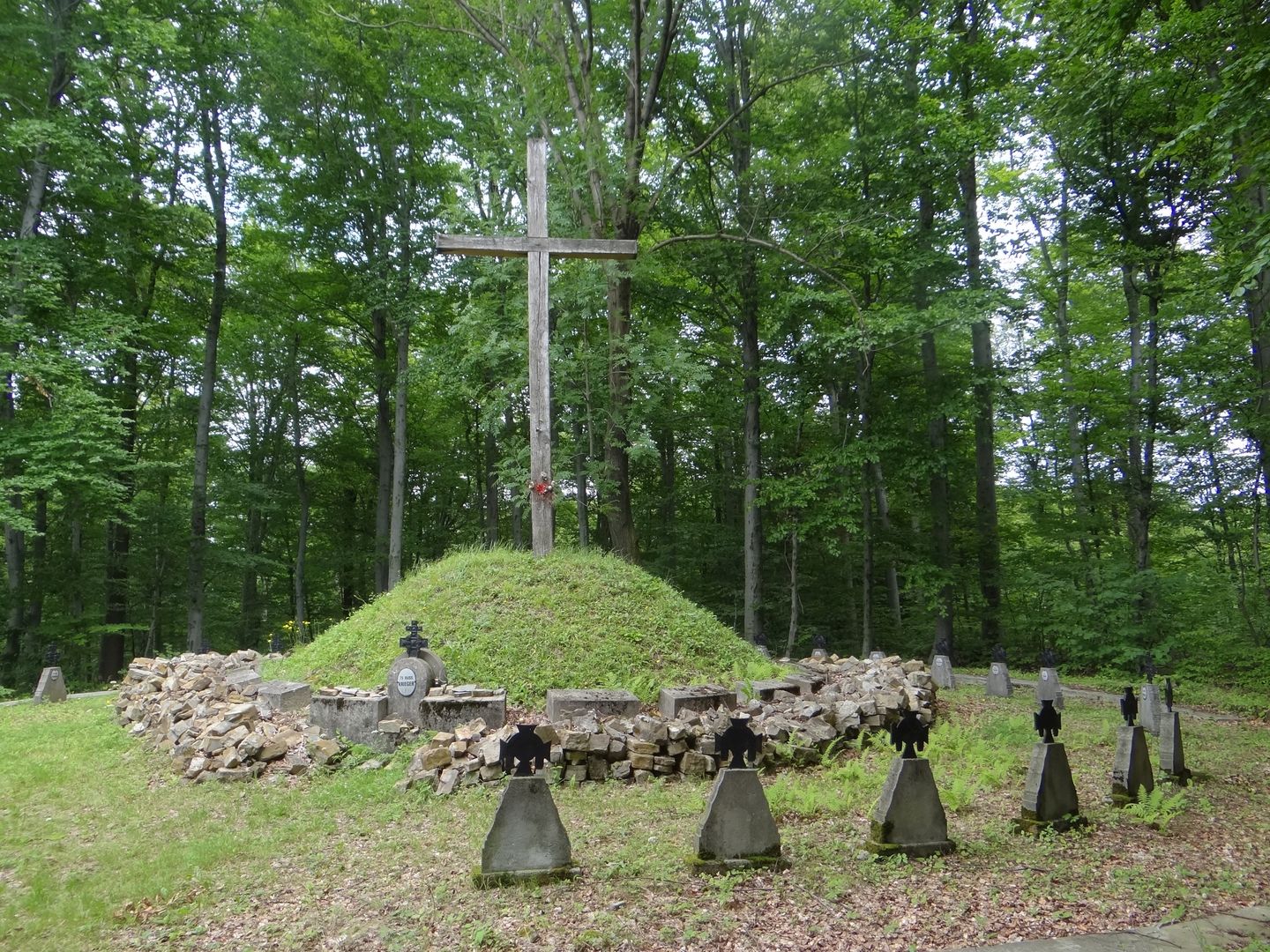Salt Mountain
6.08

Overview
Słona Góra, nestled in the Ciężkowickie Foothills, is a place rich in history and blessed with picturesque natural beauty. This area, once densely forested, is believed to have been settled as early as the second Mongol invasion of Poland (around 1260). In the 14th and 15th centuries, local brine springs were exploited, which influenced the hill's name. During the partitions of Poland, a wooden hunting manor of the Sanguszko family stood on the southern slope.
In 1889, a tragic event occurred – the burning at the stake of Marianna Kozik, which inspired Stanisław Wyspiański to write the drama "The Curse" ("Klątwa"). During World War I, Słona Góra was the scene of fierce battles, and its slopes are home to numerous war cemeteries. In 1937, deposits of iron ore were discovered in Zabłędza.
During World War II, the Germans built a military observation unit on Słona Góra, and nearby ravines became sites for the execution of Poles. Modern-day Słona Góra attracts tourists with its numerous hiking and cycling trails and attractions such as the "Oberża pod Grzybem" (Inn under the Mushroom), where in 1977 the world's largest mushroom, a branched wood mushroom (Sparassis crispa), was found. The mold for a monument commemorating this event was destroyed, but a new one was created.
Słona Góra offers beautiful views, with panoramic landscapes of the Biała River valley and nearby mountain ranges. Its rich heritage, nature, and recreational opportunities make it an attractive destination for lovers of tourism and history.
Location
2025 Wizytor | All Rights Reserved